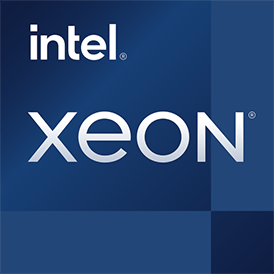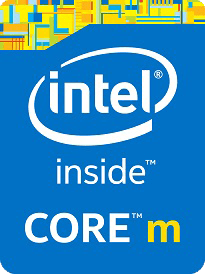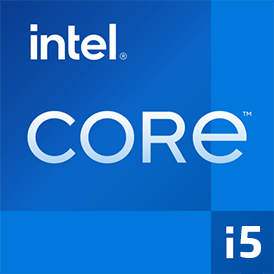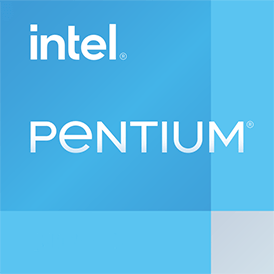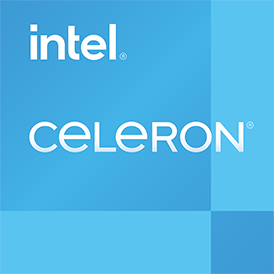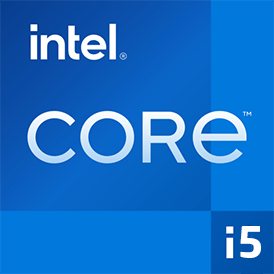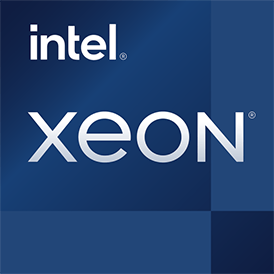Porównanie karty wideo ASUS GeForce GTX 980 Ti z kartą wideo Gainward GeForce GTX 1080 Ti Phoenix według specyfikacji i testów porównawczych. ASUS GeForce GTX 980 Ti działa z podstawową szybkością zegara 1.000 GHz i ma 6 GB pamięci GDDR5, podczas gdy karta graficzna Gainward GeForce GTX 1080 Ti Phoenix działa z podstawową szybkością zegara 1.000 GHz i ma 11 GB z GDDR5X pamięci. Waga jest inna, -- i --. TDP pierwszej karty graficznej to 250 W, a drugiej to 250 W . Porównaj wyniki testu porównawczego, aby dowiedzieć się, która karta wideo jest lepsza.


 Russian
Russian  English
English  Germany
Germany  Portuguese
Portuguese  Italian
Italian  French
French  Japan
Japan  Spanish
Spanish  Chinese
Chinese 



